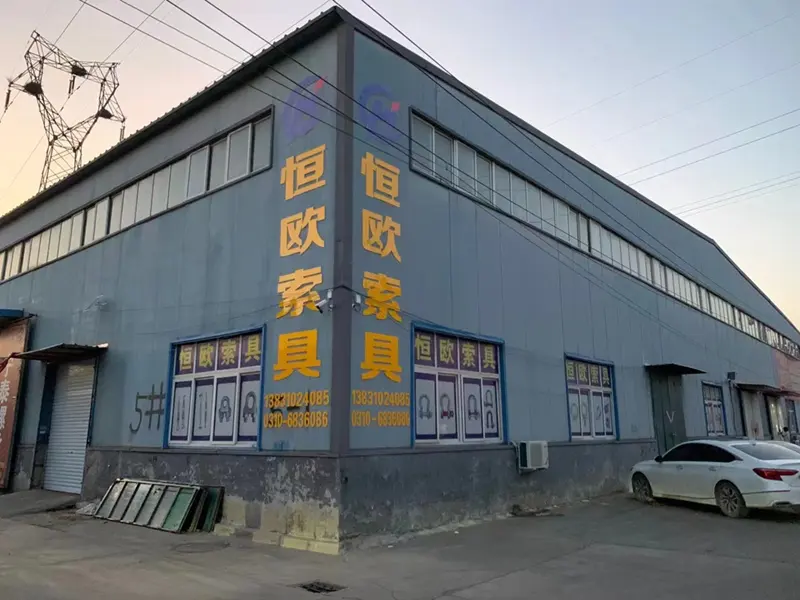
تشرینی یەکەم . 19, 2024 13:42 Back to list
hydroxypropyl methyl cellulose hpmc
Understanding Hydroxypropyl Methylcellulose (HPMC) Properties, Applications, and Benefits
Hydroxypropyl methylcellulose (HPMC) is a versatile cellulose derivative that has gained significant attention in various industries due to its unique properties and wide range of applications. A non-ionic, water-soluble polymer, HPMC is synthesized by modifying cellulose, which is naturally obtained from plant materials. The modifications introduce hydroxypropyl and methyl groups that enhance its solubility and functional characteristics.
Chemical Properties
The chemical structure of HPMC consists of a cellulose backbone with hydroxypropyl and methyl ether groups attached. This modification results in improved water solubility and various gelling properties, making it a desirable agent in many formulations. The degree of substitution of hydroxypropyl and methyl groups can vary, which affects the solubility and viscosity of HPMC in aqueous solutions. Typically, HPMC is available in several grades, each with distinct properties tailored to specific applications.
Applications in the Pharmaceutical Industry
One of the most prominent uses of HPMC is in the pharmaceutical sector. It functions as a binder, film-forming agent, and stabilizer in the formulation of medicated tablets and capsules. HPMC enhances the release profiles of drugs, allowing for controlled release formulations, which are vital for achieving the desired therapeutic effects. Moreover, its excellent film-forming capacity makes it an ideal candidate for enteric-coated tablets, helping to protect drugs from stomach acids and ensuring their release in the intestines.
In addition to its application in solid dosage forms, HPMC is also utilized in ophthalmic solutions and gels. Its gel-forming ability aids in the creation of lubricating eye drops, which provide relief for dry eyes. HPMC’s mucoadhesive properties ensure that the active ingredients remain in contact with the ocular surface longer, enhancing their effectiveness.
Role in the Food Industry
hydroxypropyl methyl cellulose hpmc

Beyond pharmaceuticals, HPMC finds significant use in the food industry. It serves as a thickening agent, emulsifier, and stabilizer in various food products. For instance, HPMC can be found in salad dressings, sauces, and dairy products, where it enhances texture and viscosity while contributing to product stability. Its ability to form gels at room temperature makes it a popular ingredient in gluten-free and low-fat food formulations, providing the desired mouthfeel often lacking in these products.
Construction and Building Materials
HPMC also plays a crucial role in the construction industry, where it is used as a thickening agent in cement-based products, such as mortars and plasters. Its water-retention properties prevent the rapid drying of mixtures, allowing for improved workability and adhesion on various surfaces. Additionally, HPMC helps to enhance the mechanical properties of mortars by improving flexibility and reducing cracking.
Environmental Considerations
One of the significant advantages of HPMC is its biodegradability. As a cellulose derivative, it is derived from renewable resources, aligning with sustainable practices. The growing demand for eco-friendly materials has led to increased interest in HPMC across various sectors, including cosmetics and personal care products. It is used in formulations for lotions, creams, and shampoos due to its thickening and emulsifying properties.
Conclusion
In conclusion, hydroxypropyl methylcellulose (HPMC) is a remarkable compound with a broad spectrum of applications in pharmaceuticals, food, construction, and personal care industries. Its unique properties, such as water solubility, gel formation, and biodegradability, make it a valuable ingredient in modern formulations. As industries continue to focus on sustainability and efficiency, the role of HPMC is likely to expand, driving innovation and ensuring that products meet both consumer demands and environmental standards. Whether it’s enhancing drug delivery, improving food texture, or contributing to construction materials, HPMC stands out as a multifunctional and essential polymer in various fields.
-
tile-bonding-additives-for-stronger-bonds
NewsAug.22,2025
-
construction-grade-rdp-for-wholesale-needs
NewsAug.22,2025
-
trusted-wholesale-hec-partners
NewsAug.22,2025
-
hec-solutions-for-industrial-excellence
NewsAug.22,2025
-
construction-additives-need-hpmc-essentials
NewsAug.22,2025
-
hpmc-versatile-cellulose-ether-for-industries
NewsAug.22,2025







